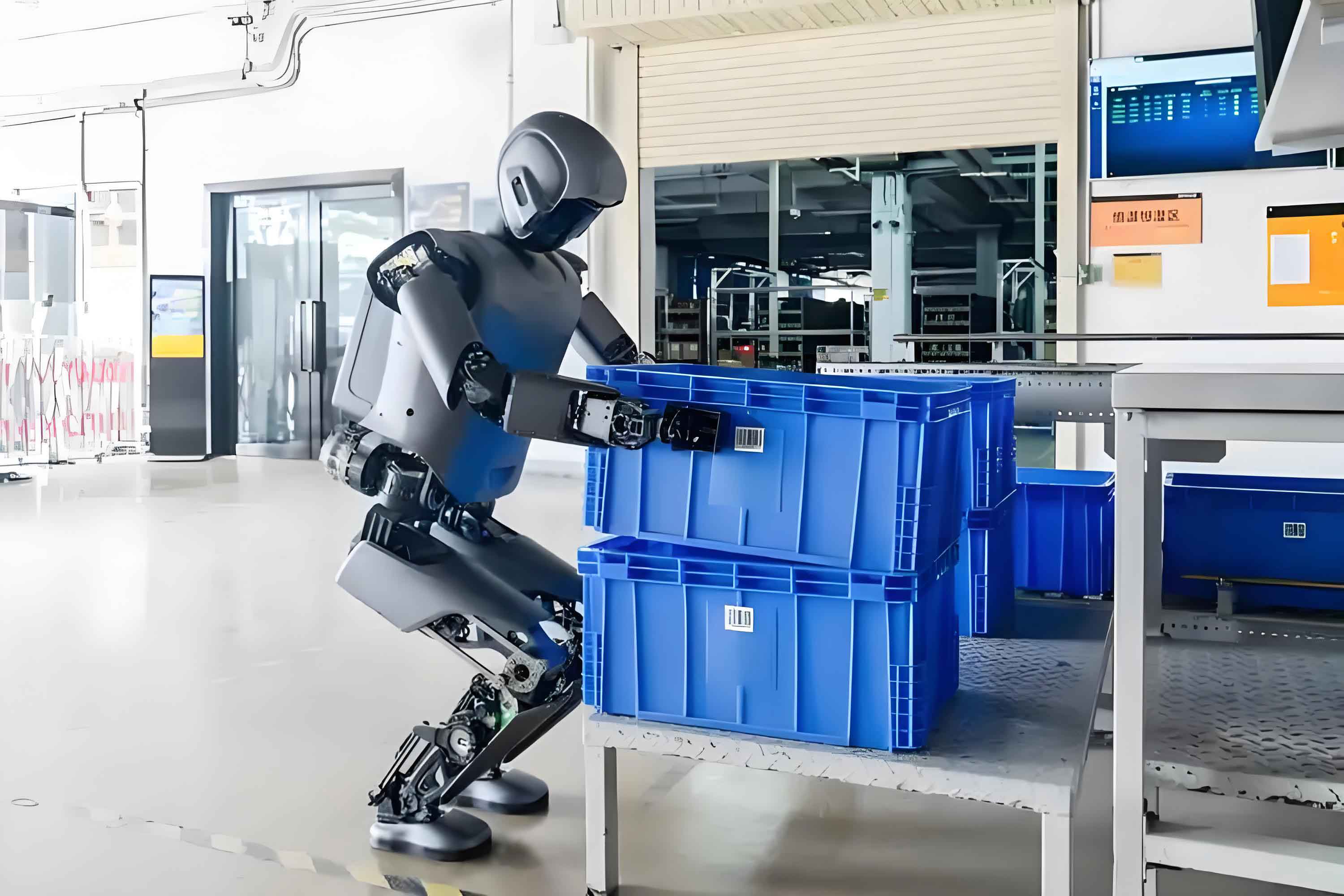
QINGDAO – At the Qingdao Embodied Intelligent Robot Ecosystem Development Conference held on May 14, 2025, municipal authorities unveiled comprehensive measures to establish the city as northern China’s premier hub for the embodied intelligent robot industry. The conference introduced an action plan, industrial fund, and specialized training facilities to overcome critical development barriers.
1. Strategic Framework for Robot Industry Advancement
Qingdao announced its 2025 Action Plan targeting core challenges in the robot industry: application deployment, training data acquisition, and capital-talent integration. The city aims to become northern China’s innovation epicenter and manufacturing base for embodied intelligent robots – systems merging AI cognition with physical capabilities to perform human-like tasks. This emerging robot industry sector represents what experts call “the next disruptive technology after new energy vehicles.”
2. Super Scenarios Driving Commercialization
To bridge the gap between laboratory prototypes and real-world implementation, Qingdao released eight “super scenarios” for immediate commercialization in the robot industry:
- Civil Affairs: 22 institutions identified needs for delivery, disinfection, rehabilitation, and companion robots
- Smart Homes: Haier Group’s demand for clothing/food management robots and cleaning systems
- Industrial Manufacturing: Container handling and cargo transport automation solutions
- Urban Rail/Transport Equipment: Maintenance and operational support systems
- Smart Ports: Dock operation and logistics management robots
- Marine Survey: Seabed mapping and pipeline inspection robots
- Healthcare: Rehabilitation and medical assistance robotics
These scenarios offer testing grounds for companies to refine technologies while addressing actual market needs across the robot industry value chain.
3. Training Grounds Overcoming Data Barriers
Acknowledging data scarcity as a critical bottleneck, Qingdao launched China’s first specialized training complex for the robot industry:
| Training Zone | Robot Types | Application Scenarios |
|---|---|---|
| General Scenarios District | Heterogeneous robot clusters | Manufacturing, household services |
| Rehabilitation District | Exoskeletons, limb rehab robots | Motor recovery, cognitive training |
| Marine District | Underwater drones, surface vessels | Pipeline inspection, resource surveys |
This “one complex, three districts” facility addresses the robot industry’s data acquisition crisis – where Google’s RT-1 project required 13 robots over 17 months to collect merely 130,000 data points. The training grounds will generate multimodal behavioral data to enhance algorithm performance across diverse physical environments.
4. Ecosystem Support Mechanisms
Qingdao deployed multi-tiered support structures to accelerate robot industry growth:
- Strategic Committee: Led by Academician Qiao Hong with 12 experts guiding industrial roadmaps
- Development Alliance: Integrating industry-academia-research-finance resources
- 100 Billion RMB Fund: Jointly established by Haier Venture Capital and Qingdao Innovation Investment
- Talent Policies: Offering up to ¥10M ($1.4M) for key R&D projects and living support packages
These initiatives position Qingdao to lead the robot industry’s transformation from experimental systems to commercially viable platforms. As the global embodied intelligent robot market accelerates, Qingdao’s integrated approach creates a replicable model for regional robot industry development worldwide.